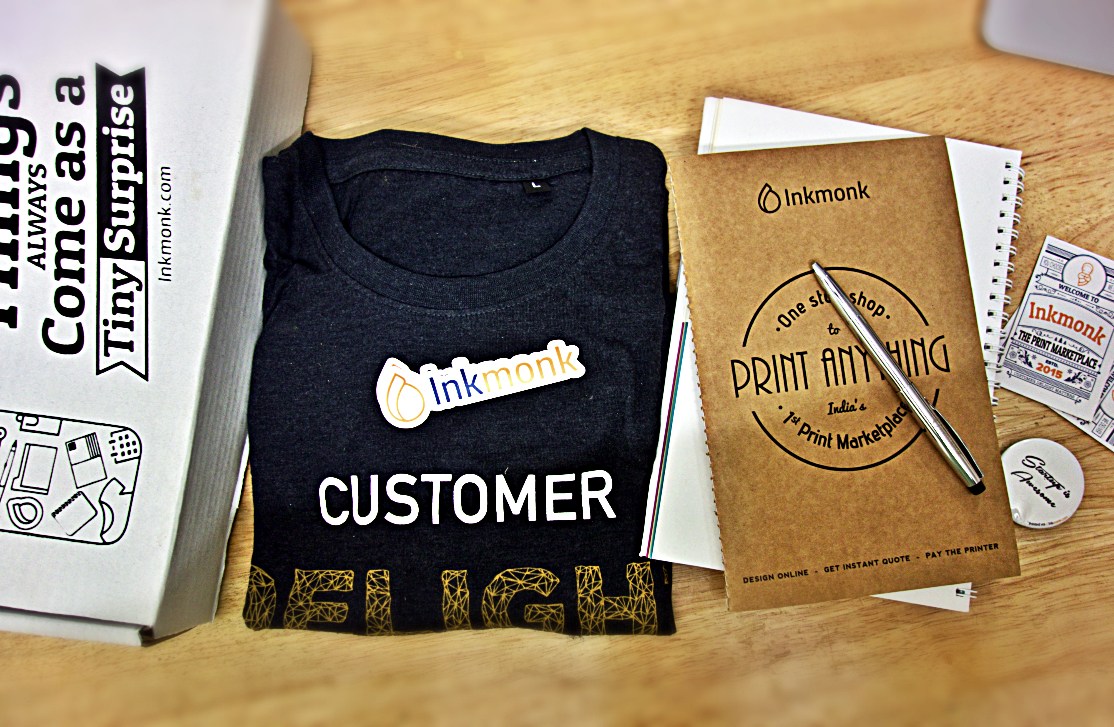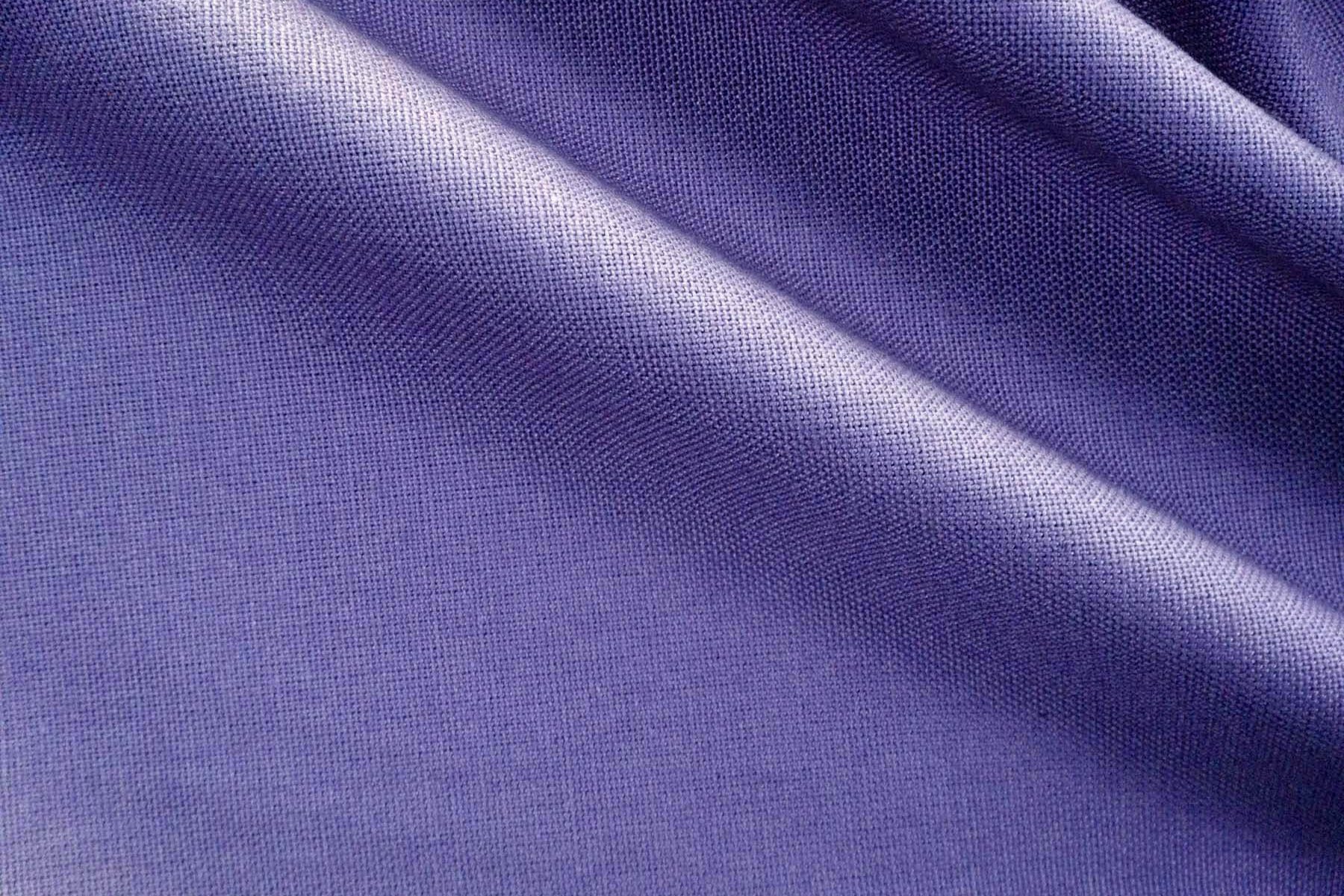7 Incredible Steps to Leaflet Success
How to Deliver a Fantastic Brand Experience to Your Customers?
Why should you Humanize your Brand?
DTG Vs Screen Printing: Which is better?
DTG or Direct to Garment printing

We know the process of colour printing on a paper. Now imagine a t-shirt in the place of a paper. The process involves a special printer which can hold a t-shirt in place and print directly on it. The ink used in DTG is a special ink which are absorbed by the garment. Since the DTG printer is more precise, any kind of image can be printed in detail and there is no limitation to colour. Customization becomes easy because the printer can print anything. It is a good option if the quantity of t-shirts is limited. Some of the pros and cons are listed below.
Quality and durability
The quality of the print is less and is not durable. A DTG print can survive upto 7-8 washes and begins to wear off. Although in the last decade the prints are more durable as the paints have undergone changes and can last much longer.
Pros
High quality printing – good for printing photos
Easy and hassle-free printing process
Designs cannot be felt as they stick to the garment
Easily customizable
Cons
Print time is longer
Uses expensive ink that is not readily available in the Indian market
Print area is limited to the capabilities of the printer
Can print on fabric only
Print durability is weak
Screen Printing
 Screen printing is a process where ink is pushed through a mesh stencil on to a fabric. The small pores on the stencil guide the ink on to the fabric to create the print. A blade is used to push the ink over the mesh. As the blade is pulled over the mesh, the ink is pushed through the pores, onto the garment. Screen printing has been in vogue since the early 1900s and uses ink and dye which is available locally. It is manual and is best suited for bulk printing. The set-up takes time, but is easier to print when done. The print quality is excellent and does not wash away soon. Some of the pros and cons of screen printing is listed below.
Screen printing is a process where ink is pushed through a mesh stencil on to a fabric. The small pores on the stencil guide the ink on to the fabric to create the print. A blade is used to push the ink over the mesh. As the blade is pulled over the mesh, the ink is pushed through the pores, onto the garment. Screen printing has been in vogue since the early 1900s and uses ink and dye which is available locally. It is manual and is best suited for bulk printing. The set-up takes time, but is easier to print when done. The print quality is excellent and does not wash away soon. Some of the pros and cons of screen printing is listed below.
Quality and Durability
Screen prints last longer on the fabric and does not easily wear off. They survive machine washes and hold well after multiple washes.
Pros
High quality printing
Cost effective
Good for bulk orders
Long lasting prints, can survive multiple washes
Easy to print specific parts of a garment
Cons
Set-up takes time
Photos don’t show up well
Designs sometimes look embossed
Not suitable for printing with multiple colours
What does Inkmonk do?
Inkmonk does both DTG as well as Screen printing. We cater to the needs of bulk and single orders. You can upload your designs and choose what type of printing you need. Our vendors will get your prints done right and the way you want it.
Cost estimates of DTG and Screen print t-shirts at Inkmonk
The cost of a DTG t-shirt at Inkmonk starts from INR 190.
The cost of a Screen-print t-shirt at Inkmonk starts from INR 200
Visit https://inkmonk.com/t-shirts and customize your t-shirts
How to Design a Stunning Brochure? 5 Expert Tips & Tricks
4 Essential Tips for Designing Your Perfect Business Card
The Impact of Colour in Branding and Marketing
Difference between Flyers and Leaflets…and Booklets, Pamphlets, and Brochures
All you need to know about GSM

GSM stands for Grams per Square Metre and it is the metric measurement to check the weight of the fabric. GSM value is dependent on the kind of fabric – Cotton, wool, polyester etc. The fabric GSM is directly proportional to the thickness of the fabric. As the value of gsm increases, the thickness increases as well. GSM is not restricted to fabric alone. It is also used to measure the thickness of paper.
It is important to check the fabric GSM when you are about to buy a T-shirt for promotional purposes or fests or as a uniform for your store. A good T-shirt can range from 160-180 GSM, whereas a collared T-shirt ranges from 180-200 GSM. One cannot judge the quality of the T-shirt with GSM alone. Quality is subjective to factors like the type of cotton, the mix – cotton with polycotton etc., type of knit and also includes the kind of fabric needed according to the seasons. T-shirts are made with combed cotton, which has no small strands of cotton and is made with straightened fibres which makes the fabric smooth, soft and strong.
A summer T-shirt ranges from 130-150 GSM. A cheap promotional T-shirt which is worn only for a few times can be of 100-110 GSM. Hoodies and sweatshirts can range between 300-400 GSM. The higher the GSM, the longer the T-shirt will last, given the number of washes. The price of the fabric also increases with the GSM. The higher the GSM, more amount of raw materials goes into making the fabric – spinning and sewing.
Be sure to check for GSM, before you order your t-shirts. Visit https://inkmonk.com/ to order your products.









